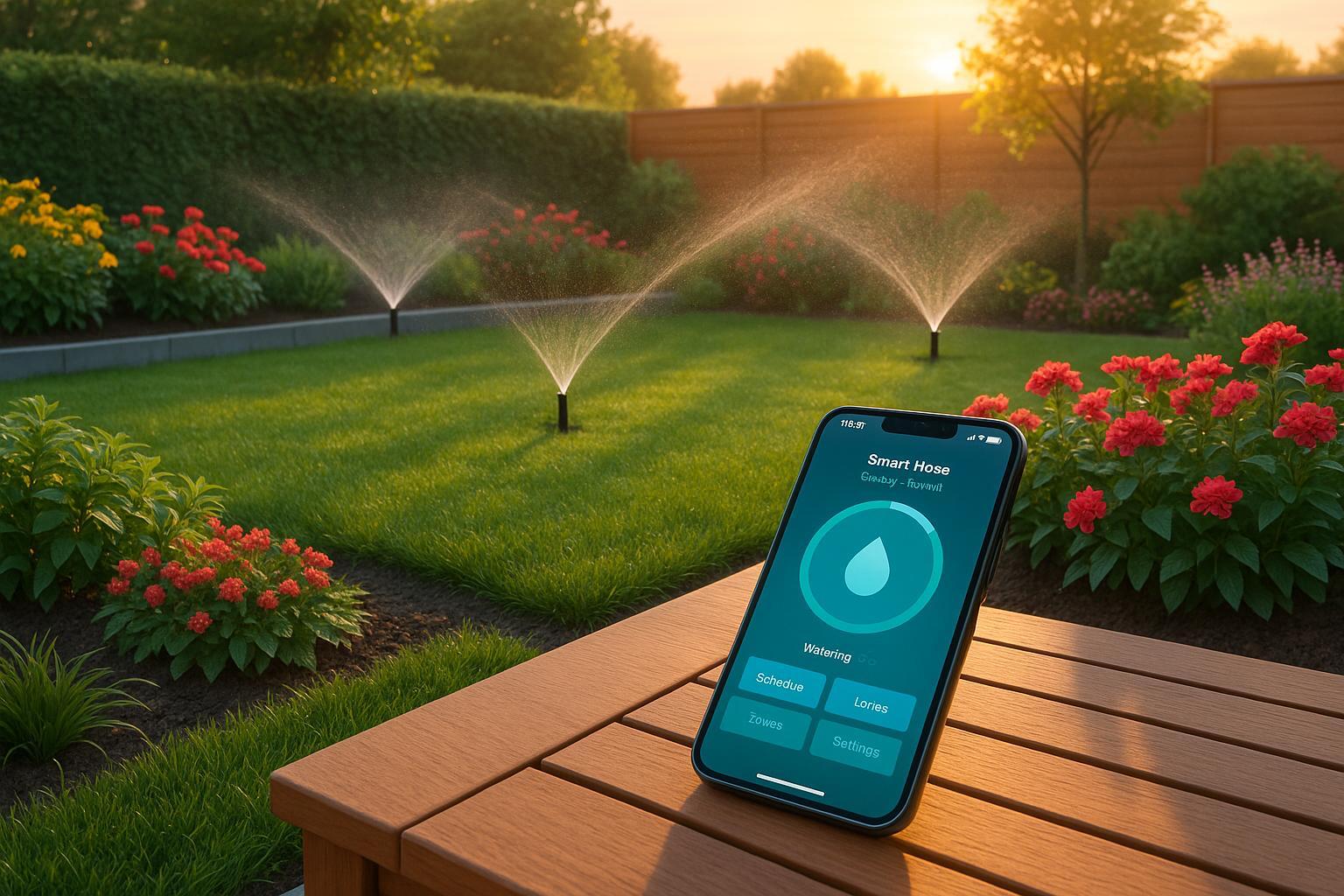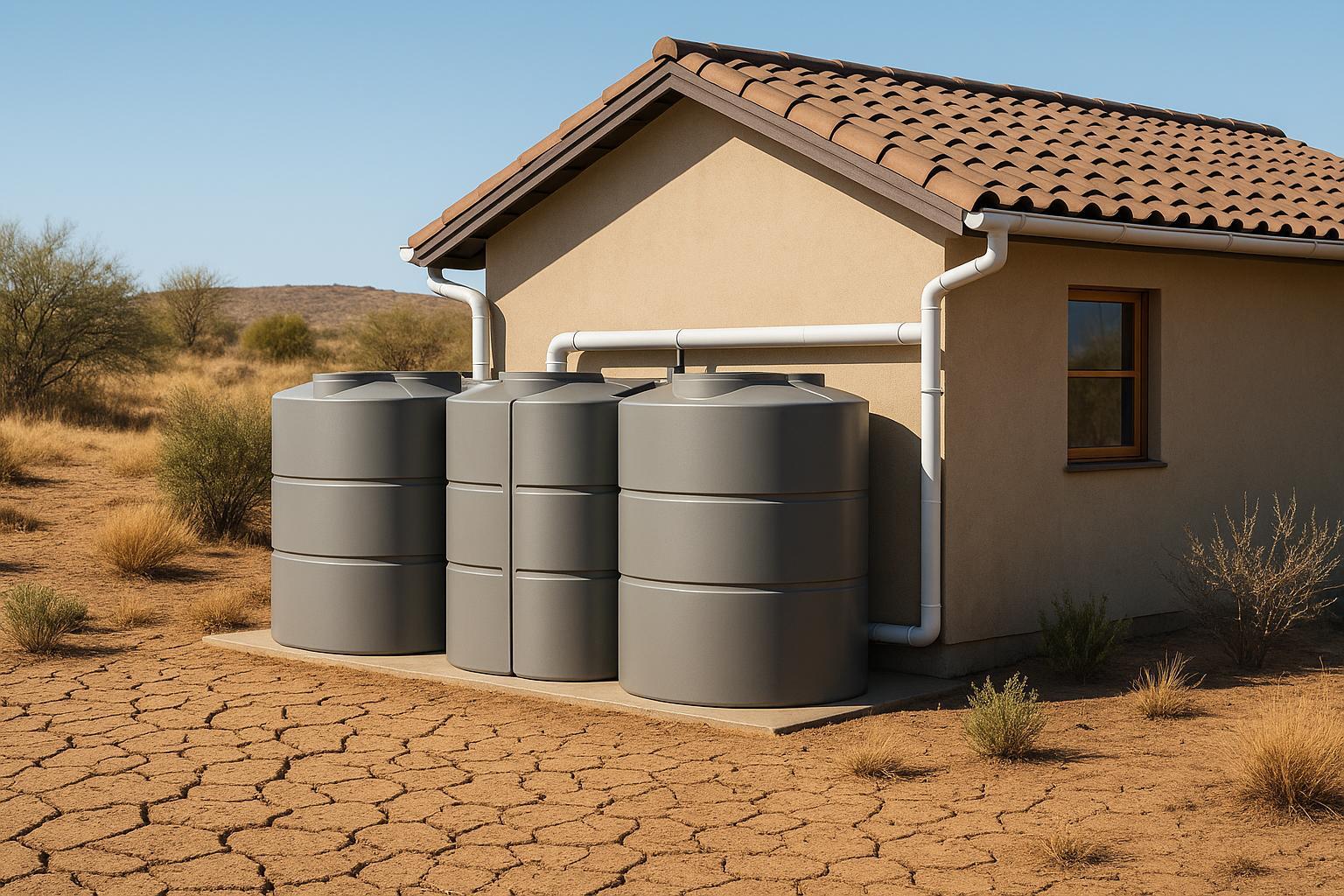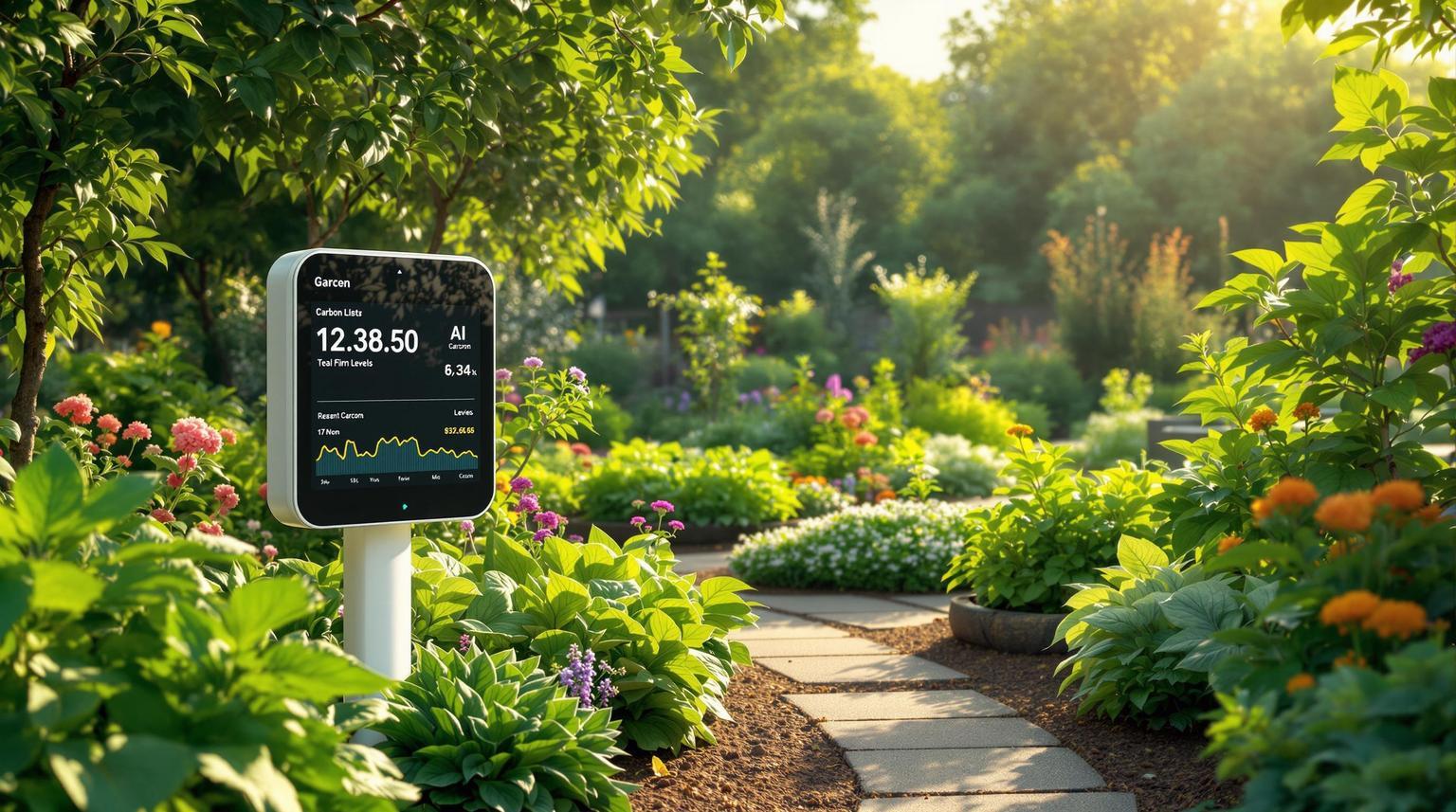AI Garden Planner Blog
Expert gardening tips, seasonal planning advice, and expert insights to help you cultivate, and landscape your perfect garden space.
Featured Article

Unveiling the Capacity of Madison Square Garden: A Comprehensive Analysis
Explore the factors influencing the seating capacity of Madison Square Garden, a renowned sports and entertainment arena in New York City. Discover how layout, regulations, and event types determine the maximum occupancy.
Read Full ArticleLatest Articles

Best Apps for Smart Irrigation Control
Explore the best smart irrigation apps that optimize watering schedules to save water and reduce costs while keeping your garden healthy.

Modular Rainwater Systems for Drought-Prone Areas
Explore modular rainwater systems as an efficient solution for water conservation in drought-prone areas, combining flexibility and eco-friendliness.

AI Tools for Carbon Sequestration in Gardens
Explore how AI tools can transform your garden into a carbon-sequestering powerhouse with smart plant selection and real-time monitoring.

Precision Weed Control with IoT and AI
Explore how IoT and AI technologies are revolutionizing weed control, reducing herbicide use and costs while improving farming efficiency.

Designing Interfaces for AI Weed Control Systems
Explore how user-friendly design principles in AI weed control systems enhance efficiency, reduce costs, and transform modern agriculture.

AI Tools for Compost Nutrient Analysis
Explore AI tools that enhance compost nutrient analysis, offering faster, accurate insights for gardeners and farmers at all levels.
Trending Now
Popular Topics
Ready to Create Your Dream Garden?
Our AI-powered garden planner helps you design the perfect garden layout, choose the right plants, and create a personalized care schedule.
Start Planning Your Garden